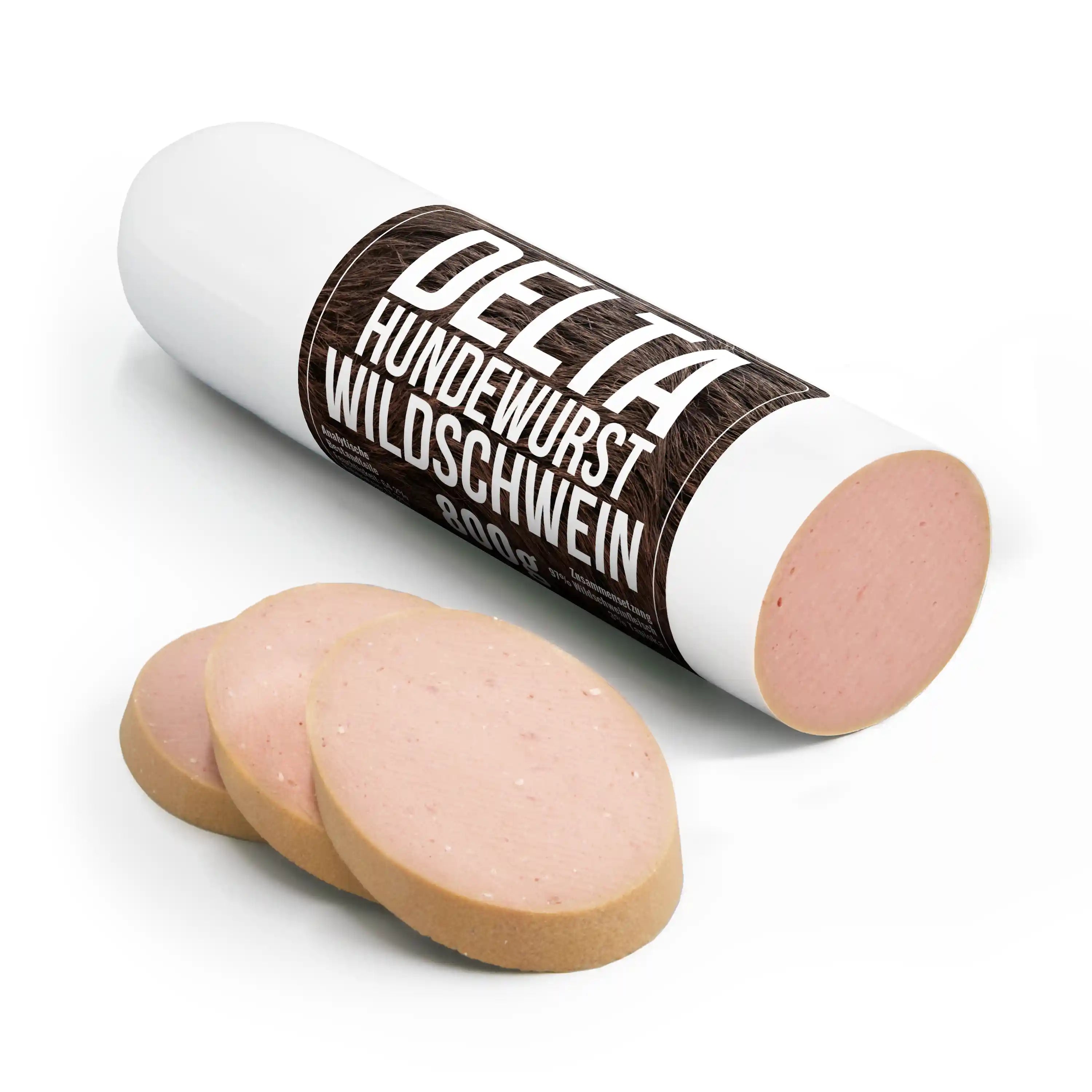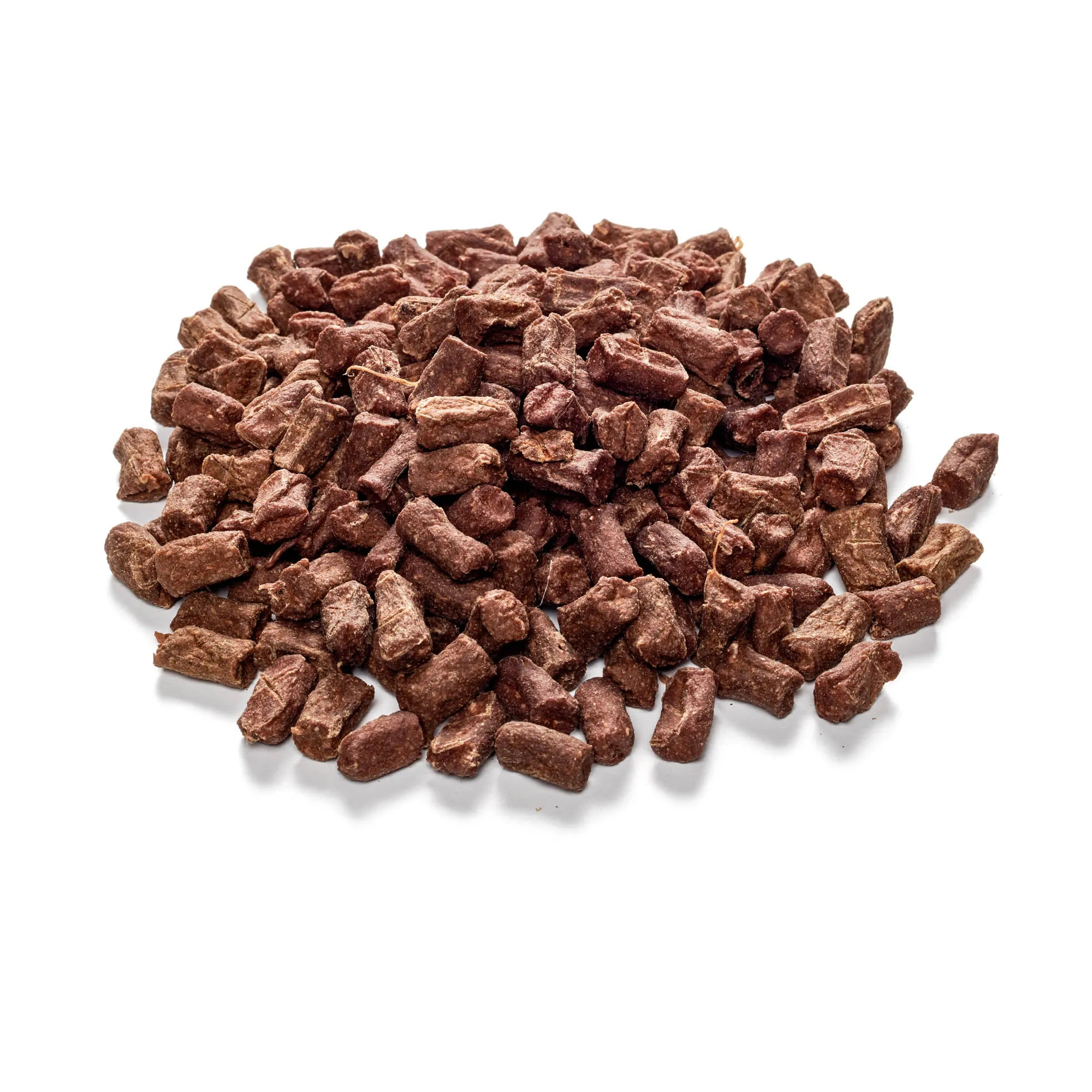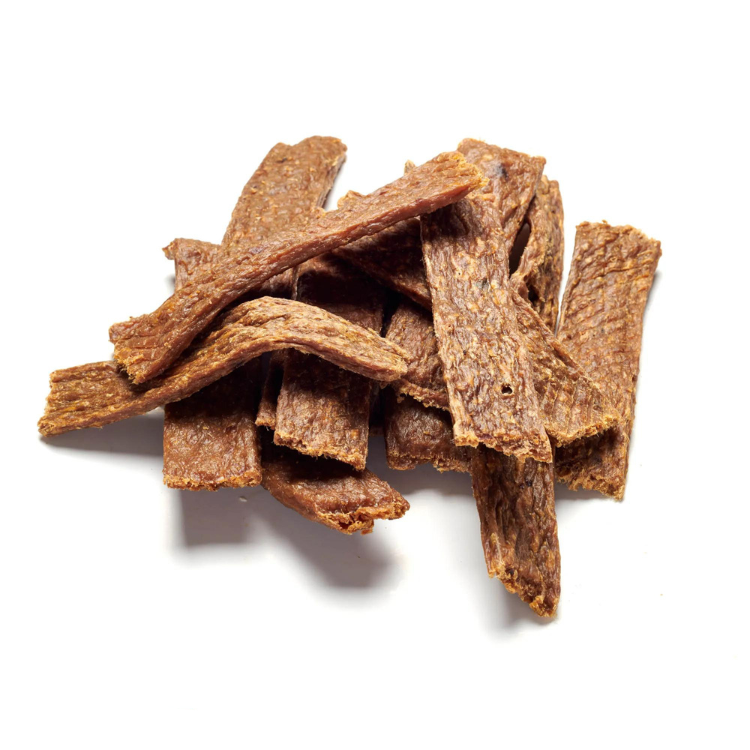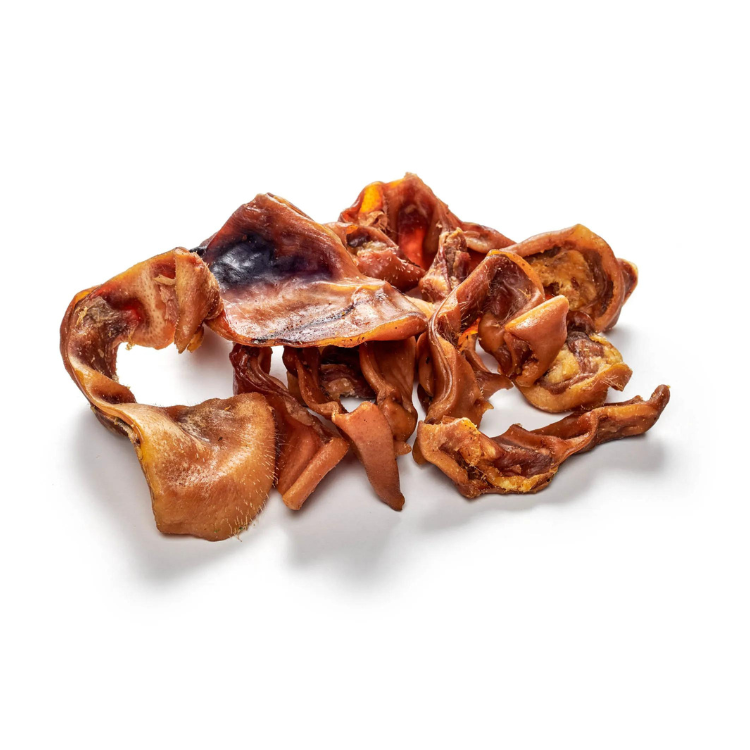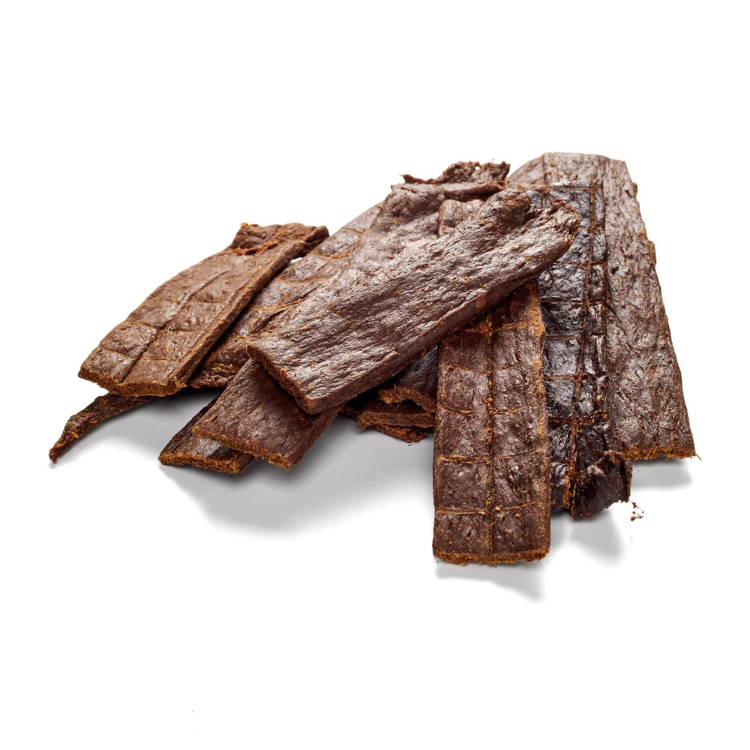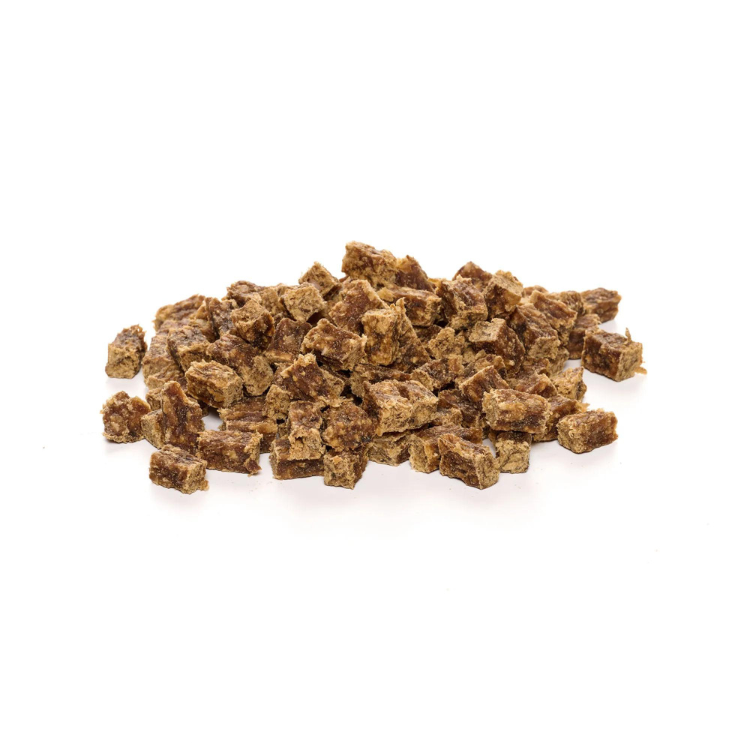
Saint Bernard
Share
The St. Bernard is an exceptionally loving dog with an extremely calm and balanced character. His nature makes him a perfect companion or family dog. For a long time, the dog was used to search for people buried by avalanches in the Alps. These beautiful animals are very versatile and true friends of people.
Content: St. Bernard
- profile
- Special features
- What should be taken into account regarding nutrition?
- Health and care
- The right accessories
- Origin & History
- Conclusion
Reward your best friend with our dog treats!
Saint Bernard - Profile
- Character: Alert, good-natured, loving, gentle
- Size: Large
- Height: 65-90cm
- Weight: 54-81 kg
- Life expectancy: 8-10 years
- Coat type: medium hair
- Colour: Basic colour white with smaller and larger clear red plates up to a continuous dark red cover
- Special features: Insensitive to cold, loves snow, strong protective instinct
- FCI Group: Pinschers, Schnauzers, Molossers, Swiss Mountain Dogs
St. Bernard - Special characteristics
The St. Bernard is a very friendly and good-natured dog. He has short, curly or long hair and a spotted coloring. His predominantly white coat is broken up by red-brown and has plate-like spots that sometimes combine to form a saddle.
These large, strong dogs are very versatile and have an extremely people-oriented and alert character. Originally kept as working dogs in a hospice on the Great St. Bernard, they have a watchful eye in their blood. Their good-natured and loving nature also makes them an excellent family dog, which can easily be left alone with small children. Nevertheless, the strength of these large animals should not be underestimated. The St. Bernard is used as a therapy dog and helps in the Swiss mountains to search for buried or injured mountaineers. Their powerful build also makes the dogs suitable as draft animals.
With consistent leadership, the dogs are very easy to train and can therefore be controlled even by less committed owners. Aggression is foreign to this human friend. The hunting instinct is also barely developed. So anyone looking for a relaxed, hard-working and loving dog will find a loyal friend in the Swiss national dog.
St. Bernard - What should be considered regarding nutrition?
A diet with a high meat content is best for the St. Bernard. A large amount of fruit and vegetables should also be fed. The grain content should not exceed 10 percent. St. Bernards can be fed both wet and dry food. BARFing , feeding high-quality raw meat and vegetables, has now become popular with St. Bernards. A balanced diet based on the dog's age, weight and activity level is important. Obesity should be avoided in any case in order to prevent health problems.
Delicious dog snacks for pure enjoyment are available from us!
Saint Bernard - Health and Care
Grooming a St. Bernard is limited to occasional but thorough brushing. However, during the coat change, you will do yourself and your furry companion a great favor by brushing daily.
In addition, the four-legged friend is very easy to care for. However, regular checks of the ears, eyes, claws and teeth are recommended. For preventive dental care, appropriate chews are advisable. The dogs tend to salivate a lot, so expect drool stains! The dogs do not usually need a bath. However, stubborn dirt can be removed with a mild shampoo.
Otherwise, St. Bernards are considered robust dogs. A balanced diet can help to support the vitality of these four-legged friends. A large area to run around in, such as a garden or yard, and the "necessary cash" are important for keeping these cuddly but large dogs. These dogs are absolutely not suitable for city apartments. They want to be kept busy and love long, extensive walks. In any case, strenuous dog sports and climbing stairs should be avoided in order to protect their joints and skeleton. St. Bernards can work, but according to the principle "there is strength in calmness". The dogs are prone to hip dysplasia.
St. Bernard - The right accessories
The following basic equipment is the most important for keeping a St. Bernard: water and food bowls, a dog basket, leash, harness or collar and a first aid kit for dogs. In addition, you need a good brush, which is best made of natural bristles. If you live in a snowy area, find out about dog sledding and get a suitable harness. This will be a great pleasure for both you and your dog!
Every now and then you should give your loyal companion a toy to stop him from playing with things he shouldn't. You wouldn't be the first dog owner to have nothing but chewed shoes in his closet.
St. Bernard - Origin & History
The St. Bernard dogs have been kept in a hospice on the Great St. Bernard Pass at 2469m since the 17th century. There they were used as guard and protection dogs. The presence of the dogs at this high location has been documented in writing since 1695. The dogs were used in particular as search and rescue dogs for hikers lost in snow and fog. The "Barry" also gained a reputation throughout Europe through the soldiers of the Napoleonic armies and became the forefather of rescue dogs. To this day, stories are told about the legendary dog Barry, who lived on St. Bernard from 1800-1812 and is said to have saved dozens of people from the white death. The breed goes back to the farm dogs that are widespread in Switzerland. A St. Bernard was first issued a certificate of ancestry in 1867 by Heinrich Schumacher von Hollingen. Today, the Swiss national dog is a popular companion and family dog, and is increasingly being trained as a therapy dog.
Conclusion
The St. Bernard is a loving, gentle and loyal companion, ideal for families and as a working dog. With its history as a rescue dog in the Alps and its versatility, it never fails to impress. A balanced diet, regular care and sufficient exercise are important. When keeping it, the special size and needs of this breed should be taken into account. With the right care and training, the St. Bernard offers many years of joy and loyalty. High-quality dog chews, such as goose meat strips and deer antlers, are ideal snacks for your loyal companion.
Reward your best friend with our dog treats!

